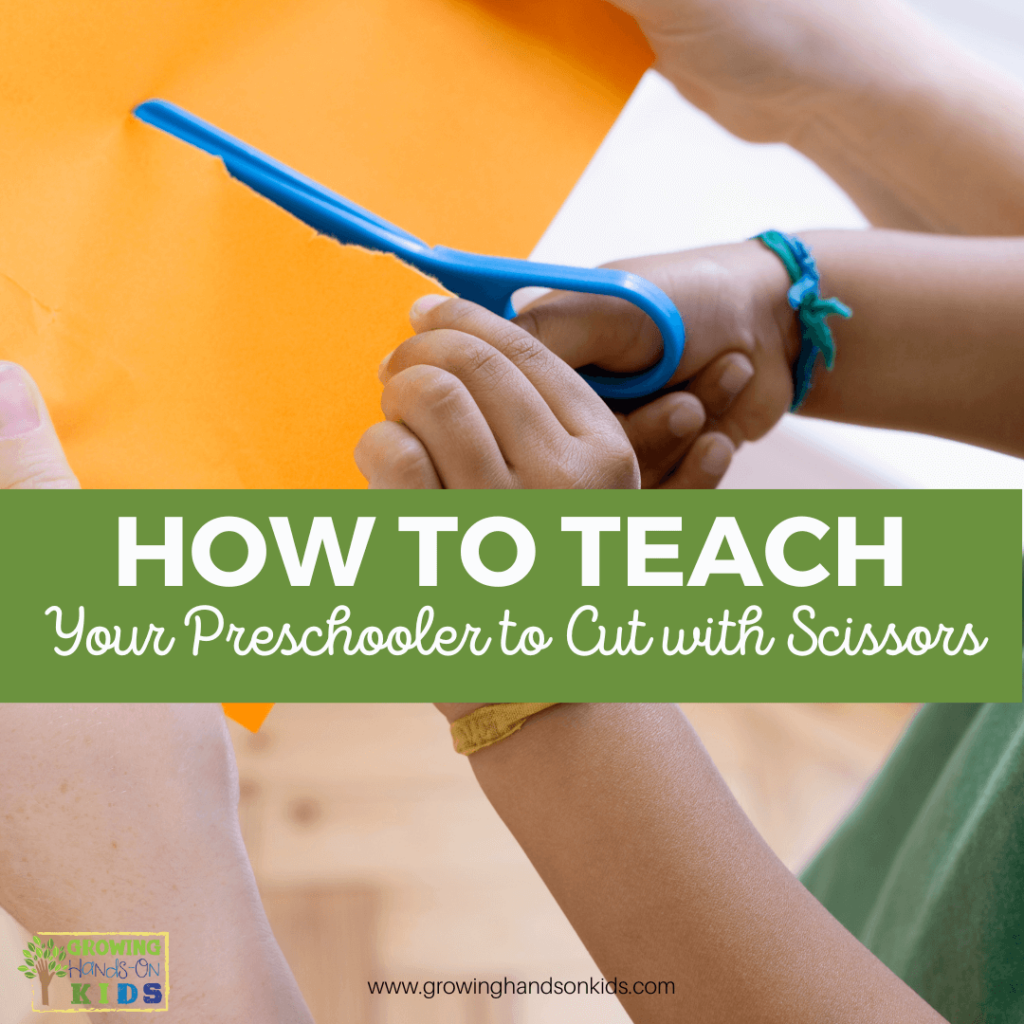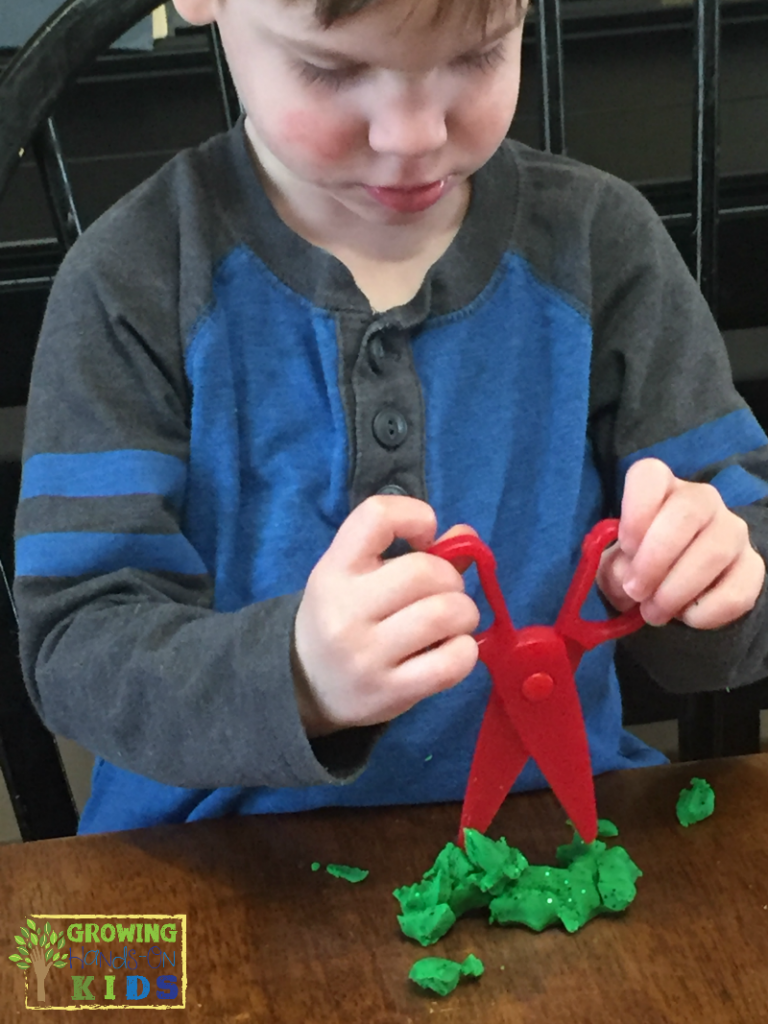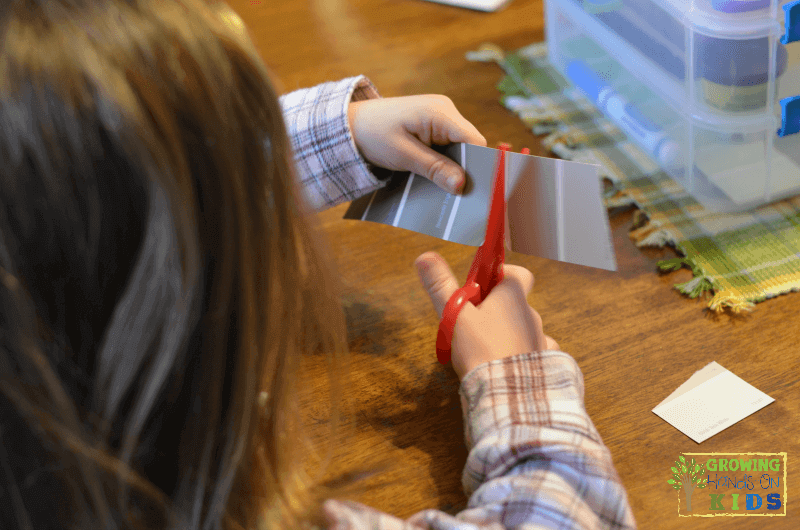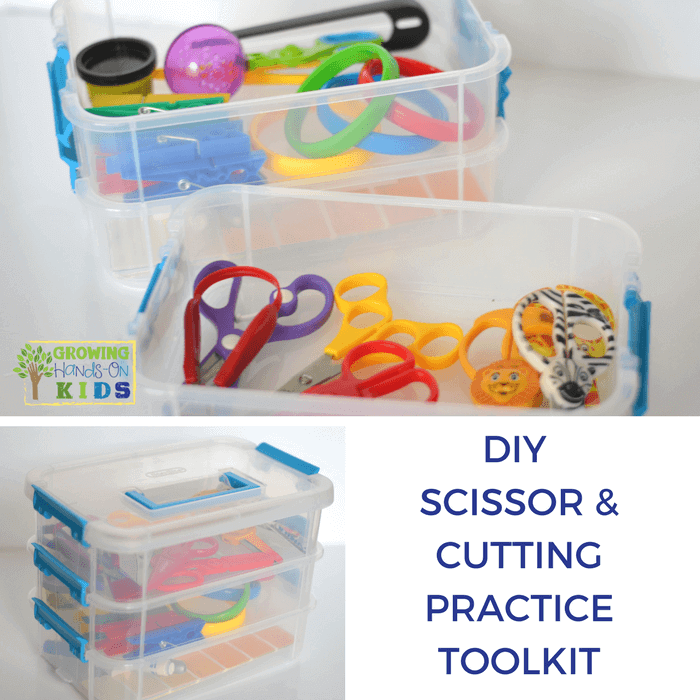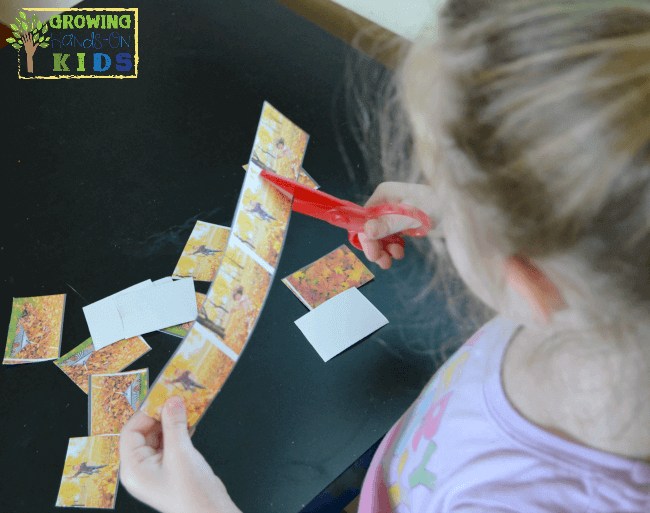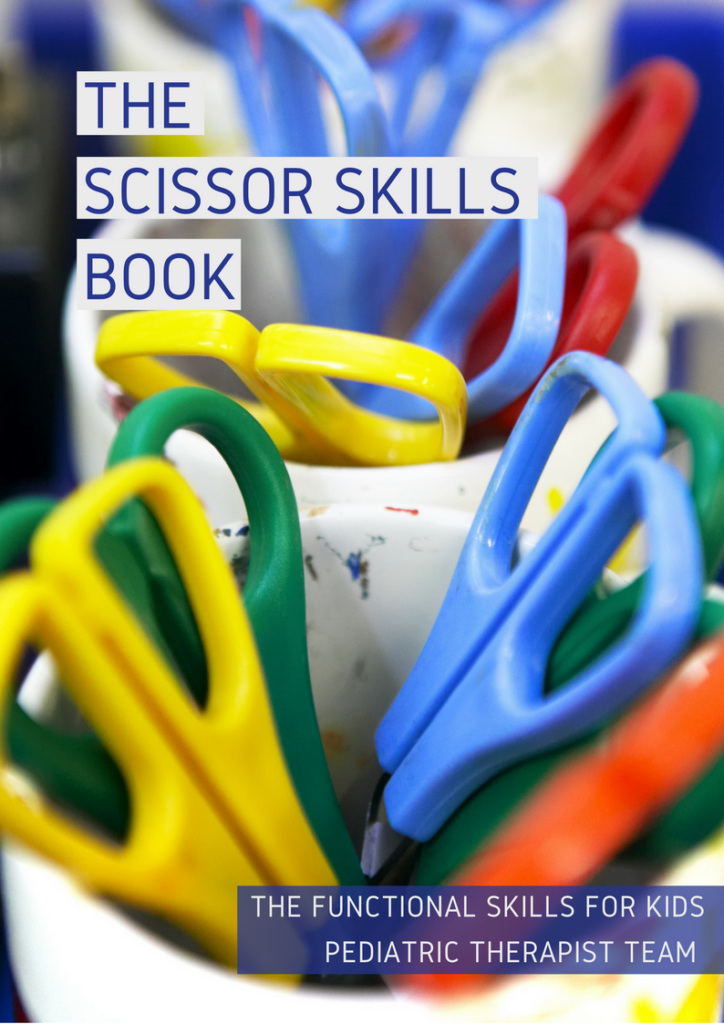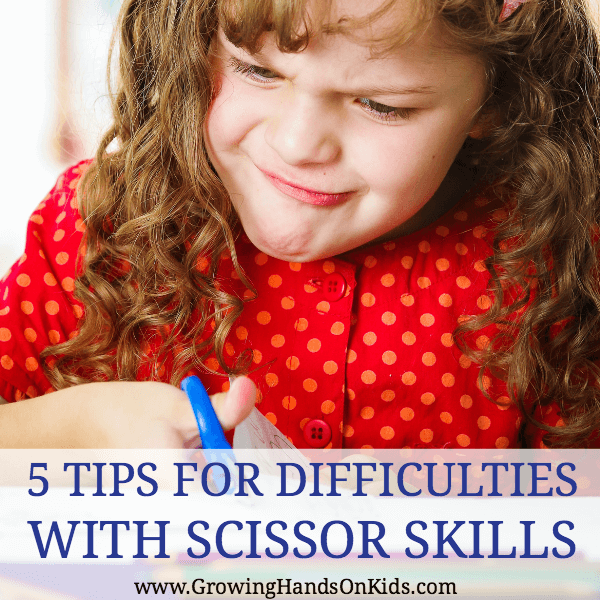How To Teach Your Preschooler to Cut with Scissors
Affiliate and Referral links are used below to promote products I love and recommend. I receive a commission on any purchases made through these links. Please see my disclosure policy for more details. As an Amazon Associate, I earn from qualifying purchases.
I've heard from many teachers and therapists who tell me that children just aren't prepared for cutting when they reach kindergarten. This could be for a variety of reasons. Preschool is where many children begin to build the skills needed for school, so this is why exposing our preschoolers to cutting skills is so important (more on that in a minute!).
Today I'm going to answer some common questions about cutting skills and preschoolers.
Children can start to learn how to cut as early as age 2. But the important thing to remember is you don't necessarily need to use scissors to do it.
Table of contents
Why is cutting important for preschoolers?
One of the main reasons cutting is important for preschoolers to learn is that they will be expected to know how to cut and use scissors in Kindergarten.
By age 5-6, children should know how to cut straight lines, curved lines, circles, and square shapes.
Children in Kindergarten should be working on mastering cutting complex shapes.
Not only is using scissors in Kindergarten important, but cutting is also an important skill for everyday life as a child grows and becomes an adult. We use scissors to do a variety of things such as preparing food, opening boxes, cutting tags, paper, and many other activities in the workplace.
What skills are used when cutting?
Yes, cutting is a fine motor skill, but there are many other skills involved.
Underlying skills for cutting include:
- Bilateral coordination
- Crossing midline
- Eye-hand coordination
- Hand strength
- Hand dominance (choosing left or right-handedness)
- Visual perception and visual-motor skills
If you have a child struggling with using scissors, it's important to go back to the basics and build these other skills before working on cutting practice.
How do you teach cutting Skills?
One of the best ways to introduce scissors to a young child is through play dough and using plastic scissors.
You won't be expecting them to hold the scissors with one hand or even cut. You are simply giving exposure and encouraging them to explore using scissors, however, that may look.
Most younger children, like my son pictured below at around age 2, will use both hands to open and close the scissors. This is perfectly normal and developmentally appropriate. They are still building the foundation of bilateral coordination at this age and we don't expect them to use one hand holding the paper and one on the scissors.
5 Easy Tips to Introduce Scissors to Toddlers
As children start getting closer to age three, you can begin to encourage them to make snips on paper and start following a thick, straight line. They probably won't cut the paper in half, but that is fine.
THUMBS UP POSITION
Once the child starts using one hand to open and close the scissors, I start encouraging a THUMBS UP position on the scissors and paper. You can put a small sticker on both thumbs to give them a visual if needed.
HAND DOMINANCE AND SCISSORS
Remember they are still developing hand dominance at this age, so you may see some hand-switching, which is typical. I always place the scissors in the middle of the table, or directly in the middle of their line of sight so they can pick which side to use.
One rule I do have is whatever hand they start the activity with, that is the one they use throughout that time. If you introduce scissors at another time and they use the opposite hand, then the same rule applies. Once you start noticing them choose the same hand each time for cutting, then I start to encourage that hand for each use.
Both of my children are right-handed and showed a preference for that hand fairly early.
This picture of my daughter around age 4 is a great example of how to practice cutting at this age. I like getting paint strips from the home supply stores and having a bunch of those on hand. The strips are the perfect length to hold and it provides a built-in visual prompt for where to cut.
You can use the colors to create a collage or rainbow craft with paper and glue to help recycle the items and prevent waist.
Having a small cutting station set up and only having the scissors out when you can provide supervision and cues will be key to helping prevent those scissors from cutting things other than paper. 😉
See my DIY Scissor & Cutting Practice Toolkit idea here.
Between the ages of 3 and 4, you can really start developing cutting skills by introducing straight lines and circle shapes. I like to start with wide-cutting lines for visual prompts, and then you can start making the cutting lines thinner. You can use a marker to make the cutting lines thicker, adapting to the child's age and ability.
I have a scissor and cutting practice packet that is a great place to start for many ages.
How can preschoolers improve their cutting skills?
In Occupational Therapy, we often do an activity/task analysis to find where a child is struggling. We then grade the activity up or down to help the child have a quick win that we can build on.
You may find some children take to cutting very easily and you can challenge them accordingly.
Others may need more time to really get the hang of cutting. Here are some tips for preschoolers who need to improve their cutting skills.
TAKE THE PAPER AWAY!
What? Take the paper away? YES!
Focus on your preschooler cutting without having to hold the piece of paper. You can do this in a few ways
- Cut grass outside
- Cut play dough or clay into pieces
- Cut flowers for a bouquet
- Cut pieces of clay
- Cut pieces of yarn or string for a craft
Focus on Bilateral Coordination and Hand Strength Activities
Bilateral coordination is using both sides of the body together in coordinated movements (symmetrical bilateral coordination). It can also be using both hands for an activity, but for different tasks (asymmetrical bilateral coordination). An example of this would be with cutting and using one hand to hold the paper while the other hand opens and closes the scissors to cut.
In order to open and close the scissors, you also need hand strength. Here are some resources for that:
Exposure, Exposure, Exposure
It really comes down to exposure, over and over again, for many children. We've all heard the saying “practice makes perfect.” I really resonate with the adapted saying “practice makes improvement”.
The more you can expose your preschooler to scissors and cutting, the better they will get at it.
Resources for Scissor Skills & Cutting Practice
A few years ago, I teamed up with other pediatric therapists to write The Scissor Skills book.
This digital download ebook is filled with all kinds of scissor development tips, tools, and strategies, written by pediatric Occupational Therapists and Physical Therapists.
The Scissor Skills Book breaks the functional skill of cutting with scissors into several developmental areas including:
- developmental progression of scissor use
- fine motor skill involvement
- gross motor development
- sensory considerations and
- visual perceptual skills
Each section includes strategies and tips to improve these underlying areas.
- Help for kids who struggle with cutting accurately
- Creative tips to keep things interesting for kids who lose interest easily
- Quick, practical strategies that can be put into action today!
- Ideas for kids who cut too fast or too slow
- Support for kids who can’t grasp scissors efficiently
- Strategies for right-handed and left-handed children
You May Also Like:

Heather Greutman, COTA
Heather Greutman is a Certified Occupational Therapy Assistant with experience in school-based OT services for preschool through high school. She uses her background to share child development tips, tools, and strategies for parents, educators, and therapists. She is the author of many ebooks including The Basics of Fine Motor Skills, and Basics of Pre-Writing Skills, and co-author of Sensory Processing Explained: A Handbook for Parents and Educators.

